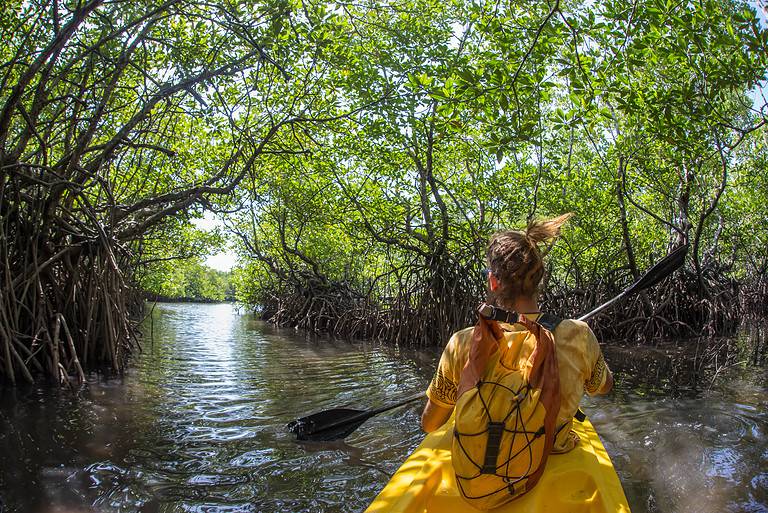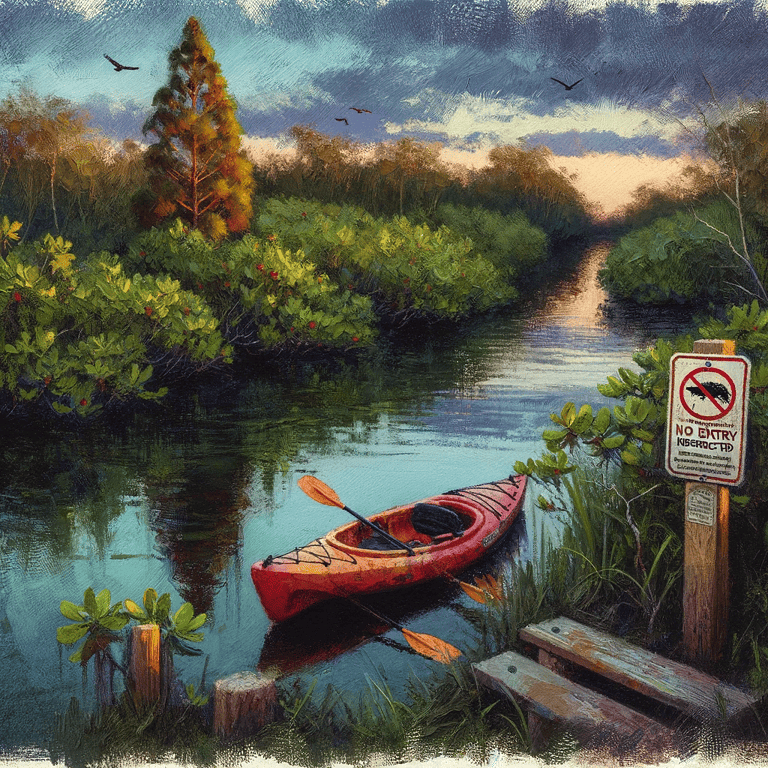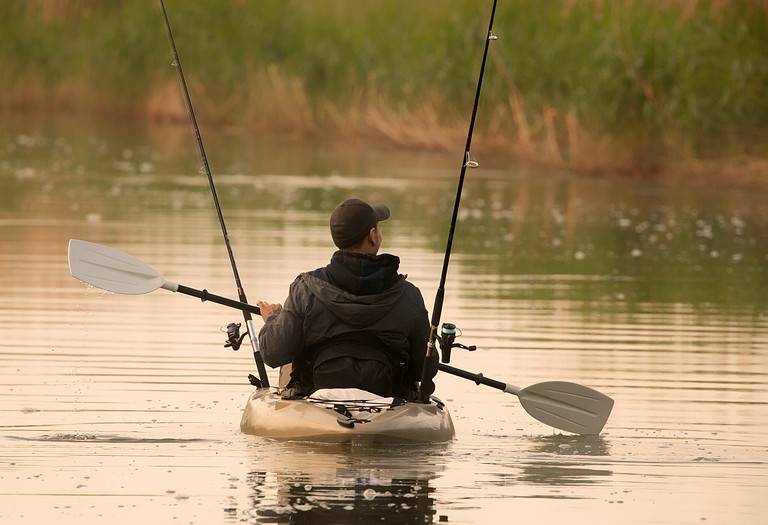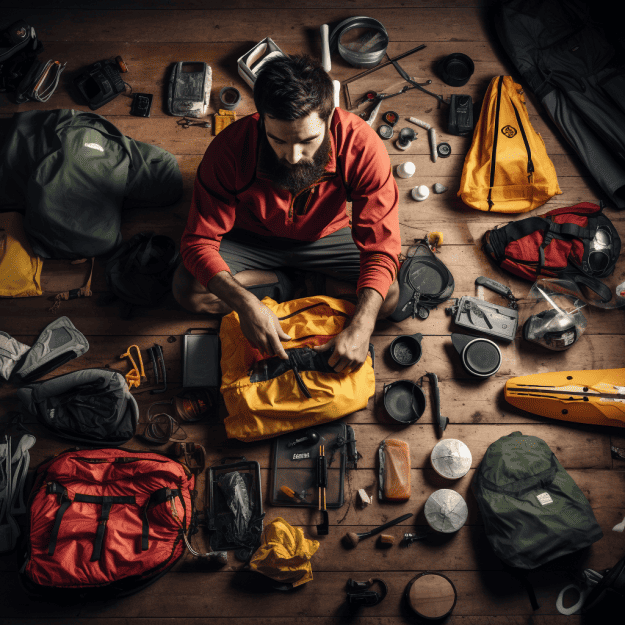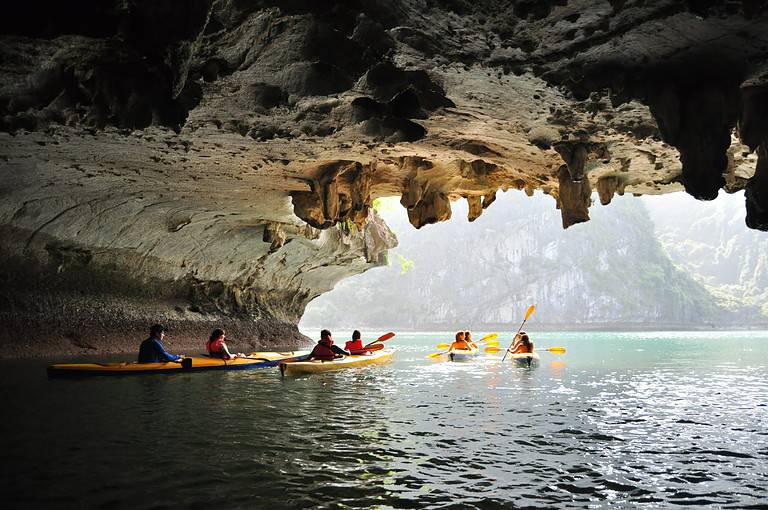Boundry Waters Canoe Emergency And Safety Planning
Exploring the Boundary Waters Canoe Area Wilderness is a unique and exciting experience. Make sure you are prepared for Canoe Emergency And Safety Planning. From stunning views to a vast array of wildlife, it’s a great way to spend time outdoors. However, it’s important to be aware that there are risks involved with any wilderness activity. Proper planning and emergency preparation are key to ensure you have an enjoyable and safe visit to the Boundary Waters. In this article, we’ll discuss what supplies you should bring, how to prepare for your trip, and what action steps you should take in case of an emergency while exploring Boundary Waters. We’ll also provide helpful tips on staying safe during your adventure so that you can enjoy the area’s beauty without worry or fear.
What to Bring

Wondering what to pack for your next adventure? Ensure you have all the essentials for a safe and enjoyable trip! First, make sure to bring navigation tools like a compass, maps, or GPS. These tools can help you stay on track and make sure you know where you’re going during your exploration of the Boundary Waters. It’s also important to have basic safety supplies like flares or signal mirrors in case of an emergency. Pack these items in an easily accessible place to be easily reachable. Additionally, bring along items that will keep you comfortable such as insect repellent, sunscreen, binoculars, and lightweight clothing appropriate for the season. Ensuring that these packing essentials are included in your gear will help ensure a successful and memorable experience in the Boundary Waters.
Packaging all the necessary items is just one part of preparing for an outdoor adventure; it is also important to be familiar with safety protocols before embarking on any journey into this beautiful wilderness area.
How to Prepare
To be safe on the water, it’s best to plan ahead – ‘An ounce of prevention is worth a pound of cure.’ Before embarking on a trip in boundary waters, it’s important to consider what might be needed for an emergency and pack accordingly. This means packing essential items like a first aid kit, waterproof matches or fire starter, flashlight, compass and map, knife or multi-tool, and plenty of food and water. Additionally, one should pack clothing appropriate for the forecasted weather conditions as well as supplies such as toilet paper and garbage bags. It’s also important to bring along communication devices such as a cell phone or two-way radio in case of an emergency. Preparation is key when exploring boundary waters; having the right gear can make all the difference for safety. With the right planning ahead and packing essentials for any eventuality, one can rest assured knowing they are ready in case something unexpected occurs. Now that we have discussed how to prepare to explore boundary waters safely by packing essentials let us move onto what to do in an emergency situation.
What to Do in an Emergency
If you find yourself in an unexpected situation, knowing what steps to take for the best outcome is important. Whether your emergency is due to a sudden weather change or an injury, there are several key things to keep in mind:
- Remain calm and assess the situation.
- Make sure your companions are safe and accounted for; if not, contact local authorities for help finding them.
- Pay attention to weather forecasts and act accordingly by taking shelter or avoiding dangerous areas if necessary.
- When possible, use visual signals like fire or smoke during day time or strobe lights at night to attract attention from those who can provide assistance. Staying aware of potential danger is key when exploring the boundaries of waters, so understanding how to respond in an emergency can make all the difference in keeping you safe while out on the water.
Staying Safe While Exploring
Exploring the great outdoors is an exciting adventure, but it also comes with risks and hazards. It’s important to be aware of your surroundings at all times and practice wilderness safety. Knowing what potential risks or dangers lie ahead can help you prepare for any unexpected situations that may arise and allow you to enjoy a safe and successful outdoor experience.
Knowing the risks and hazards
You need to be aware of the risks and hazards that come with venturing out on the water, so you can stay safe and have a smooth sailing experience. Staying alert and understanding potential risks is essential when spending time out on the waters. Before you even set sail, make sure that you are familiar with the terrain around your destination, as well as any local regulations or rules for navigating in those waters. Taking the time to understand these things ahead of time will help to ensure that your trip goes as smoothly as possible. Knowing weather patterns is also important; staying up-to-date on meteorological forecasts can help you plan accordingly for any potential storms or changes in tide levels. Additionally, always wear a personal flotation device while on the water, regardless of your skill level; this not only keeps you safe but allows for easy identification by rescuers should an emergency arise. By keeping these tips in mind, you can better equip yourself for a safe and enjoyable experience when exploring boundary waters. To further promote safety while out on the water, it’s important to be aware of your surroundings at all times.
Being aware of your surroundings
When it comes to boundary water emergency and safety planning, knowing the risks and hazards is only part of the equation. Equally important is being aware of your surroundings in order to ensure an enjoyable and safe experience. This means having a good understanding of navigation techniques, as well as being prepared for any wildlife encounters you may come across.
When out on the water, keeping an eye out for potential dangers such as large rocks or logs that could pose a potential hazard or obstruction should be priority number one. Additionally, while enjoying the scenery, take time to look around regularly to ensure you are aware of other vessels passing by or any wildlife that might be present in the area. Being mindful of where you are going and what you might encounter will help keep you safe and maximize your enjoyment during your trip. Furthermore, with this knowledge firmly established it’s time to practice wilderness safety techniques in order to prepare for any unexpected occurrences on your journey ahead.
Practicing wilderness safety
Staying safe in the wilderness requires preparation and knowledge of potential risks, so that you can enjoy your journey with peace of mind. Before heading out on a trip, it is important to pack all the essentials such as food, water, shelter, first aid supplies and navigation tools. Additionally, it is important to research local wildlife and be aware of any potential dangers they may pose. Knowing what type of animals are in the area will help you plan accordingly and take necessary precautions if needed. It is also important to stay alert while exploring the wilderness by always being aware of your surroundings. This includes paying attention to weather conditions or terrain changes that could lead to dangerous situations. Following these safety tips and taking proper precautions before embarking on a wilderness adventure can ensure an enjoyable experience for everyone involved.
Frequently Asked Questions
What is the best time of year to visit the Boundary Waters?
Exploring the Boundary Waters is an adventure like no other. With its pristine lakes, lush forests, and abundant wildlife, it’s a nature-lover’s paradise. For those looking to experience the best of what this unique landscape has to offer, the best time of year to visit is during late spring or early summer. During this period, temperatures are mild and comfortable for outdoor activities such as camping and canoeing. Wildlife viewing opportunities are also at their peak as animals come out of hibernation and begin to explore their surroundings. Additionally, weather patterns tend to be more predictable during this time of year so you can plan your trip with confidence knowing that you won’t be caught off guard by sudden storms or extreme temperatures.
Are there any special permits or licenses required to enter the Boundary Waters?
If you’re planning to visit Boundary Waters, it’s important to know that there are some special permits and licenses required to enter the area. Boat rental companies typically require an annual permit for each boat they rent out while fishing rules may require additional permits or licenses depending on the species you’re looking to catch. All of these permits must be obtained before entering Boundary Waters, so make sure you do your research beforehand in order to have a safe and enjoyable experience.
Are there any restrictions on the types of boats or equipment that can be used in the Boundary Waters?
When it comes to the types of boats and equipment allowed in the boundary waters, there are some restrictions you should be aware of. Gear selection is important, as any vessels that could disrupt or harm the natural environment are not permitted. This includes motorized boats and canoes with internal combustion engines. Additionally, large sailboats and yachts may also be prohibited depending on size and other factors. When selecting your vessel for an excursion into the boundary waters, make sure to check with local authorities for detailed guidelines regarding gear selection.
Are there any special safety considerations for children visiting Boundary Waters?
As a parent, I understand the importance of safety when it comes to exploring the Boundary Waters with my children. Therefore, I make sure my kids have the appropriate clothing and equipment for this environment. It is important to dress in layers to prepare for any type of weather. In addition, I always make sure they are aware of their surroundings and potential wildlife encounters, as these can be unpredictable. To ensure that we all stay safe while visiting the Boundary Waters, we follow all safety guidelines and regulations set by local authorities.
Are there any special regulations or restrictions on fishing in the Boundary Waters?
As I cast my line into the crystal clear waters of the Boundary Waters, I can’t help but feel a sense of belonging. Fishing here is an experience like no other, and knowing the rules and regulations is important before you start. Gear requirements are strict; only one rod per person is allowed, and all lures must be barbless. There are limits on what type of fish can be caught and size restrictions for certain species. It’s essential to follow these fishing rules in order to protect this beautiful area and ensure that future generations will have the same opportunity to enjoy it.
Conclusion
I’ve learned so much about emergency and safety planning for Boundary Waters trips. I’m now prepared to take on any challenge that comes my way! From packing the right gear, to knowing what to do in an emergency, I’m ready for anything. I can explore with confidence and peace of mind with all this knowledge. My next adventure will be one of the most thrilling experiences ever – no exaggeration! I’m sure it’ll be a journey full of excitement and unforgettable memories.


